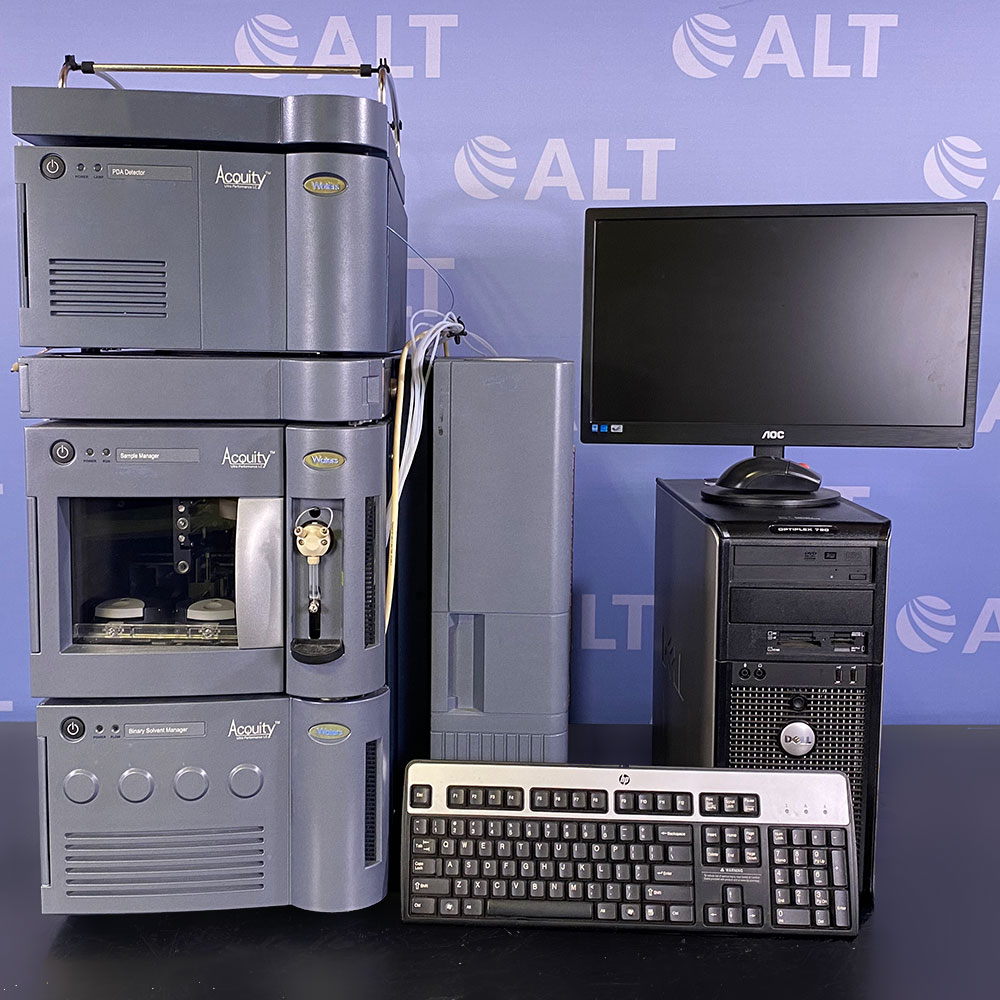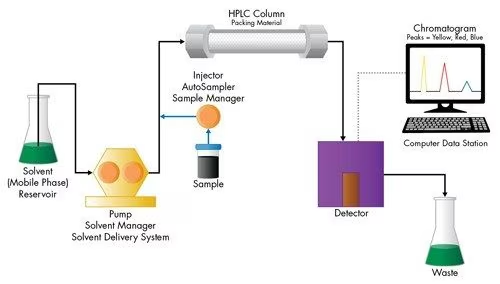Introduction
Ultra-performance liquid chromatography coupled with mass spectrometry (UPLC-MS) is a widely used analytical technique in many scientific fields. This blog post explains how UPLC-MS works, its advantages, and the various applications it has in research.
UPLC: Improved Separations
UPLC uses columns with very small particles (under 2 micrometers) and high pressure to separate mixtures more effectively than traditional HPLC. This leads to sharper peaks, better resolution of different components, and faster analysis times.
MS: Identifying Molecules
Mass spectrometry (MS) identifies molecules by measuring their mass-to-charge ratio (m/z). UPLC separates the sample into its components before they enter the MS, allowing the MS to detect and identify individual molecules within a complex mixture.
The UPLC-MS Advantage
Combining UPLC's excellent separation abilities with MS's molecular identification by m/z ratio creates a powerful analytical tool. UPLC-MS allows researchers to:
- Identify unknown compounds: By matching m/z values to databases, scientists can determine the identity of unknown molecules in a sample.
- Measure specific molecules: UPLC-MS can measure the amount of specific molecules in a mixture by analyzing the intensity of their corresponding m/z signals.
- Analyze many samples quickly: Because UPLC separates mixtures faster, researchers can analyze more samples in a shorter amount of time.

Applications of UPLC-MS
UPLC-MS is used in many areas of research, including:
- Biopharmaceutical analysis: Studying protein and peptide drugs, finding impurities, and identifying metabolites.
- Environmental analysis: Detecting pollutants in water and soil samples.
- Food science: Analyzing food components, detecting contaminants, and performing quality control.
- Clinical research: Discovering biomarkers, developing new drugs, and studying metabolism.
The Future of UPLC-MS
Scientists are constantly improving UPLC column technology, MS ionization techniques, and data analysis software. These advancements will lead to even greater sensitivity, faster analysis times, and better analysis of complex biological samples.
Conclusion
UPLC-MS is a powerful and versatile analytical tool for researchers across many scientific disciplines. Its ability to separate mixtures with high resolution and identify molecules with high specificity makes UPLC-MS an essential tool for modern analytical chemistry.